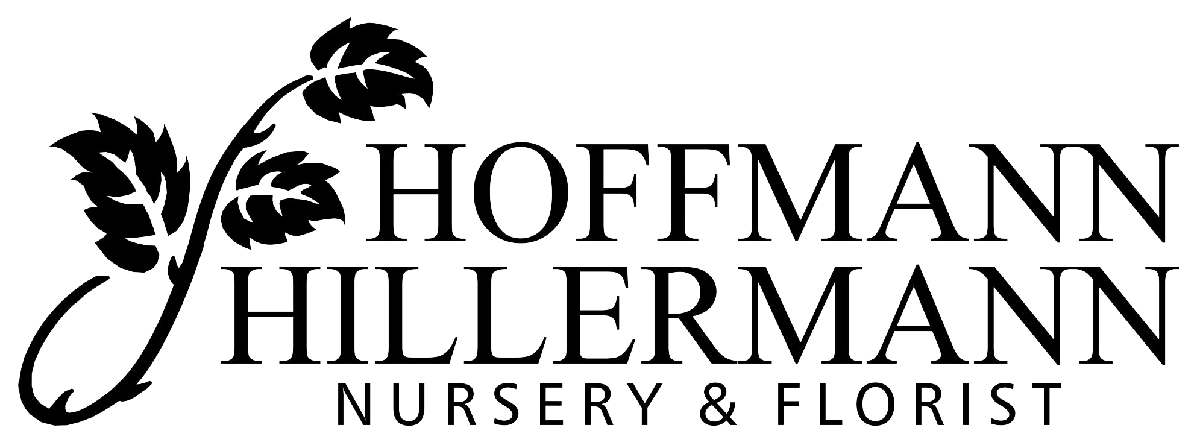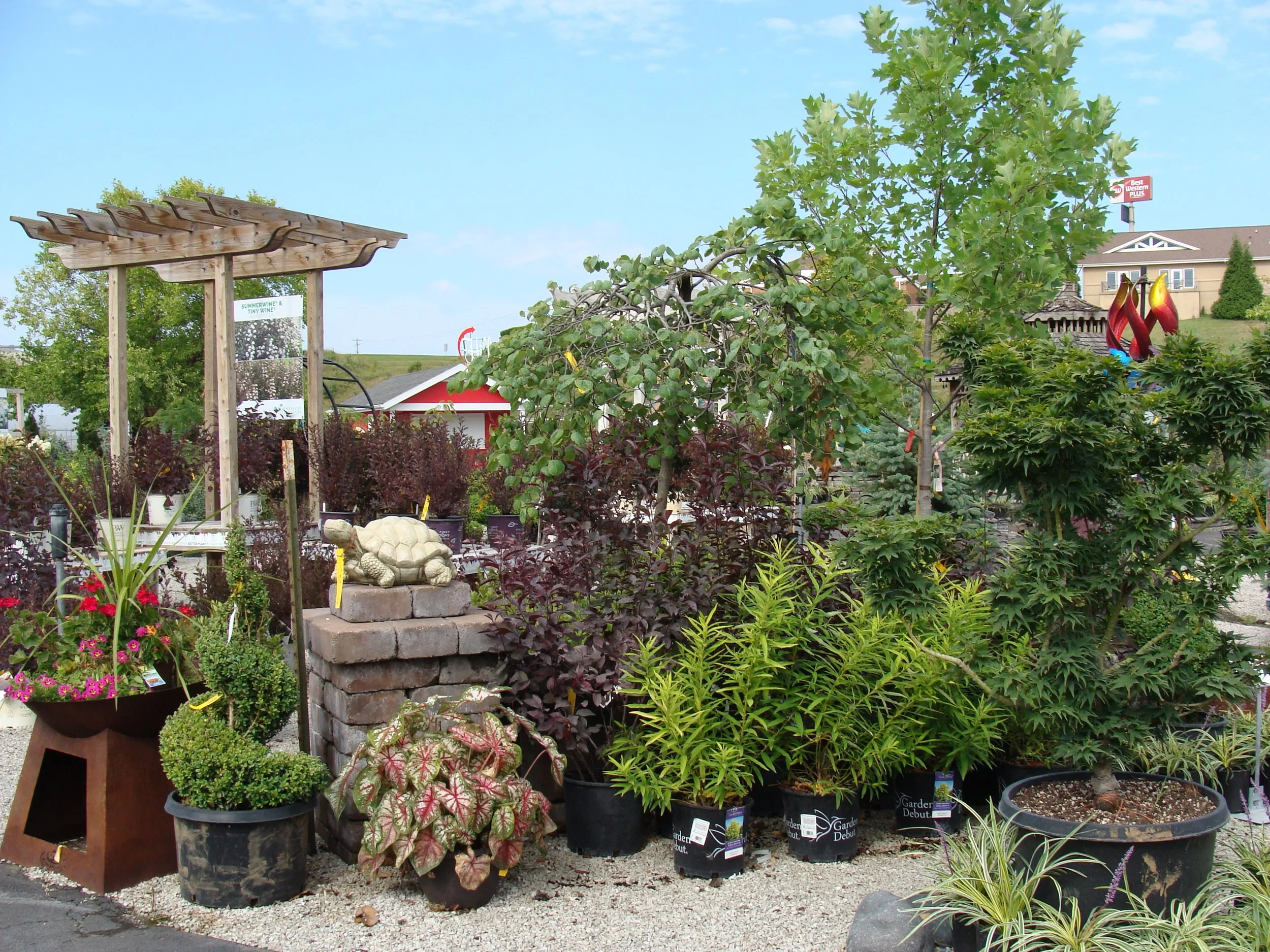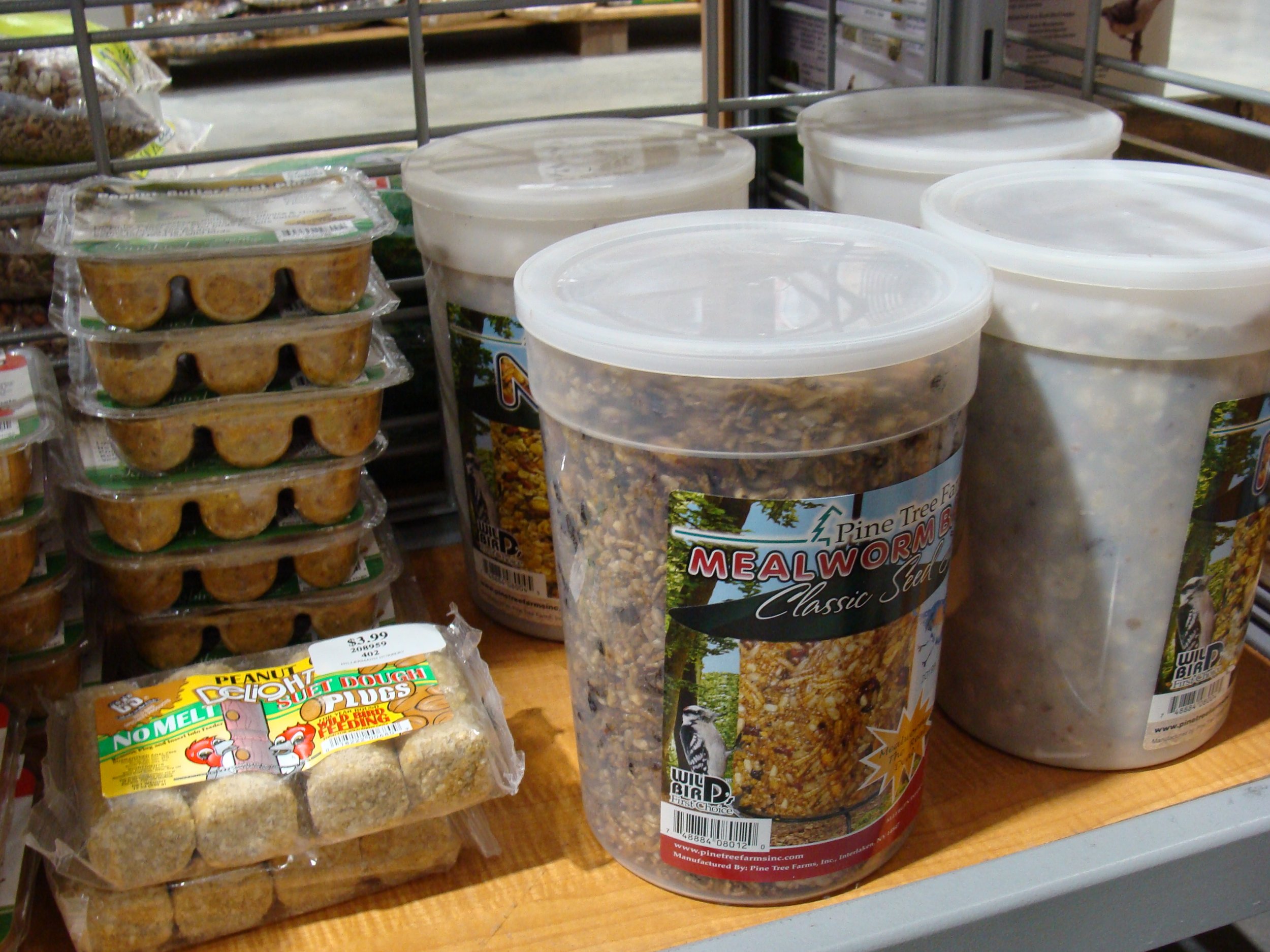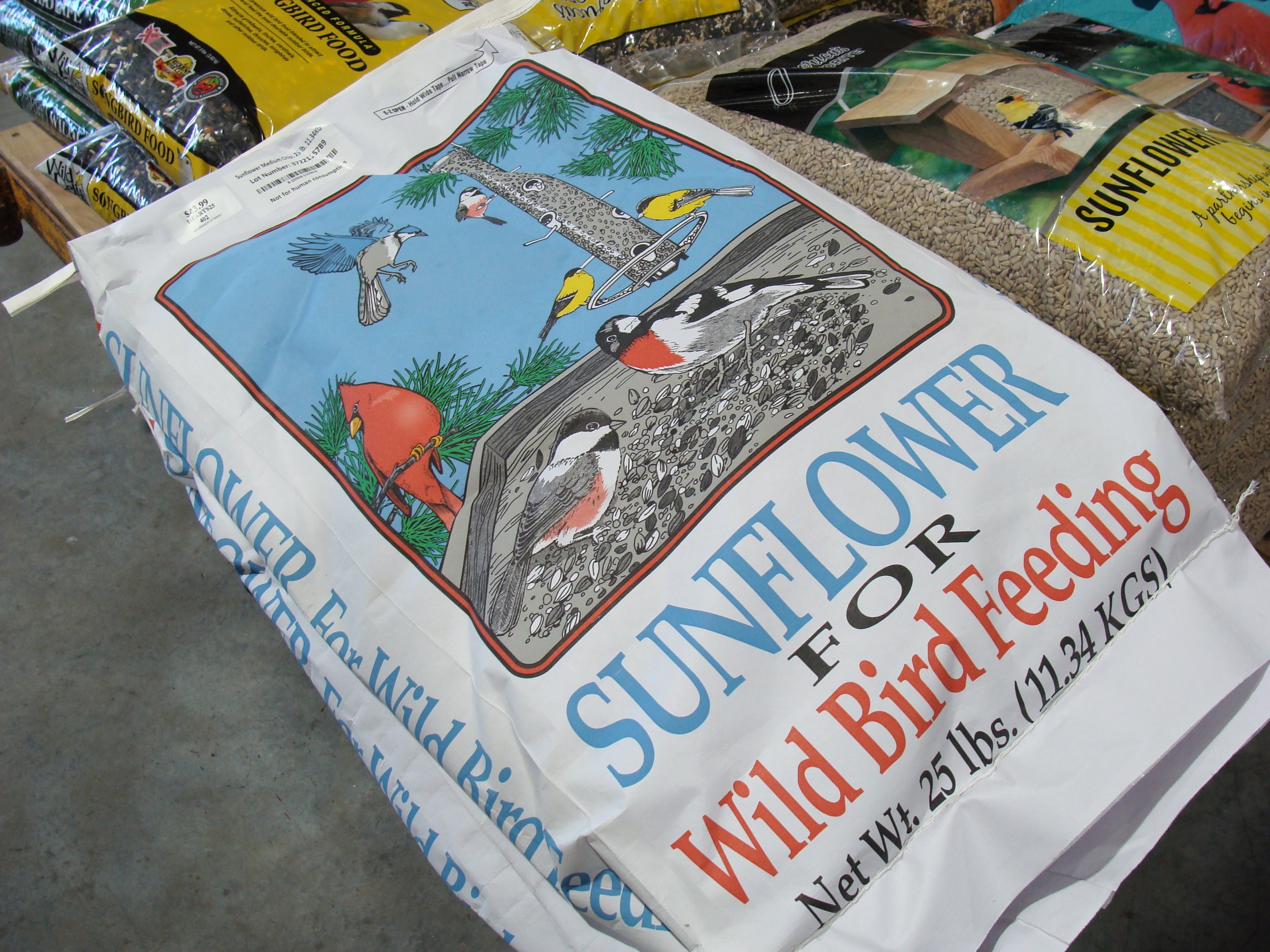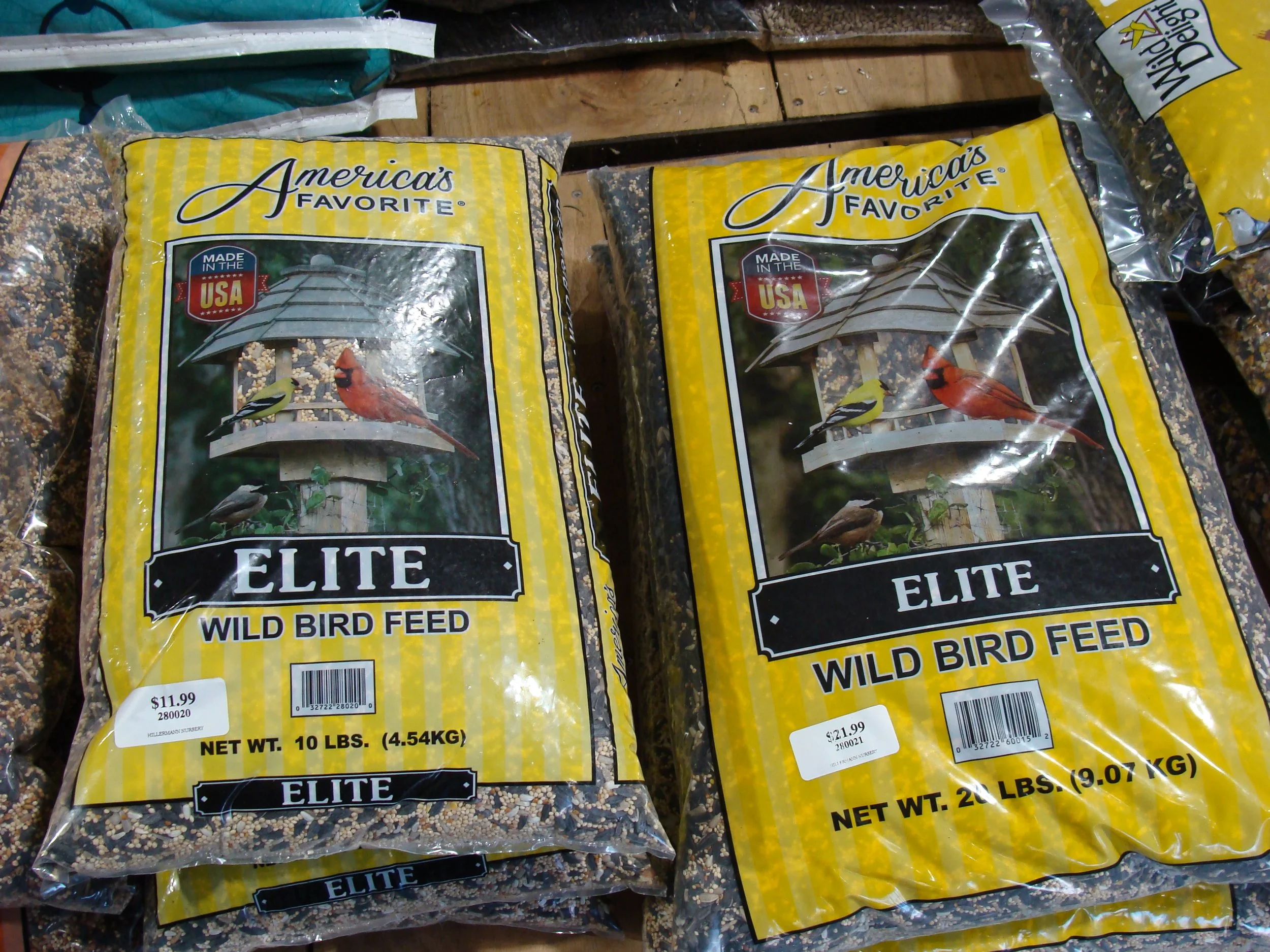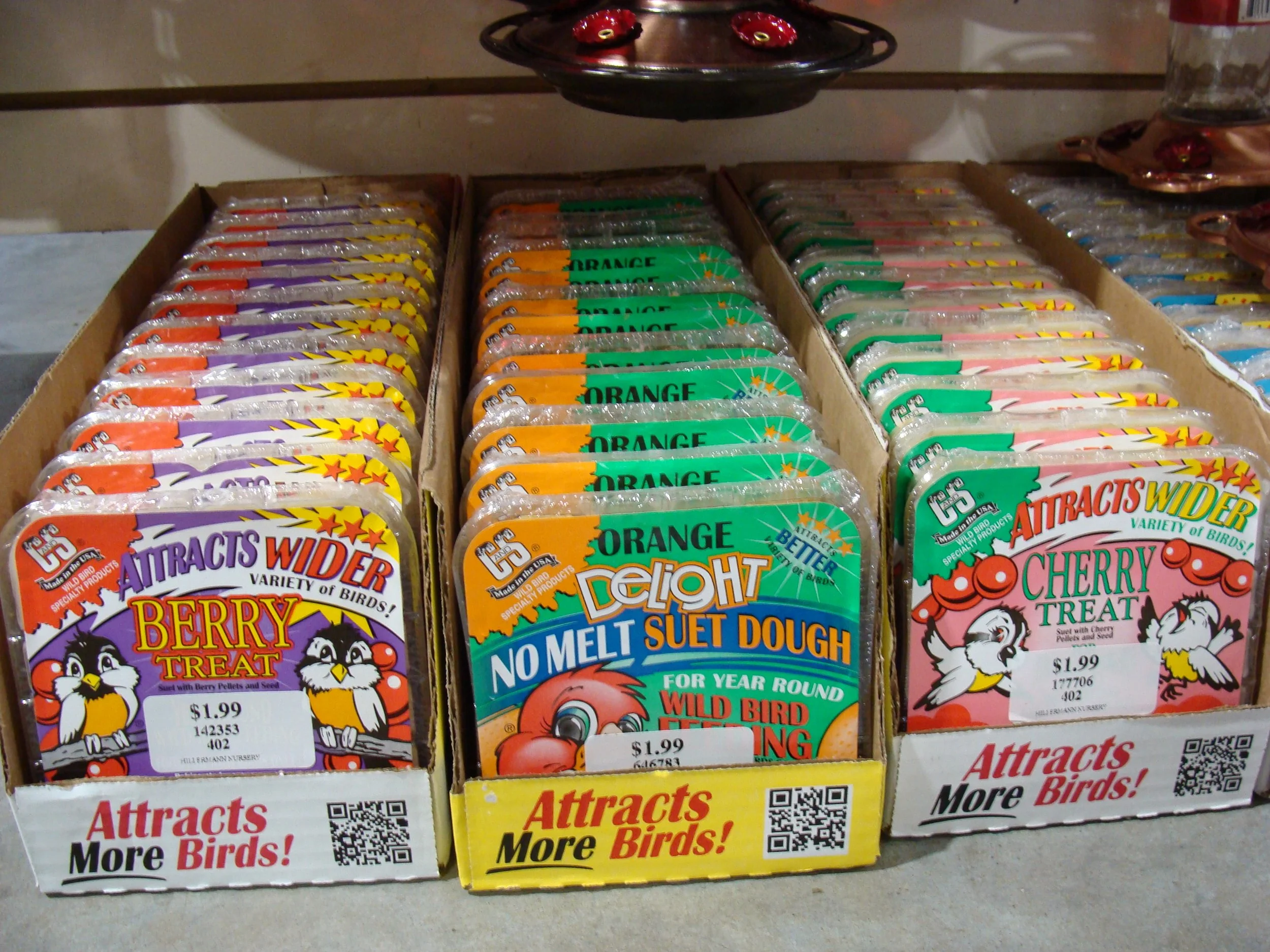HOW CAN AN HERBICIDE KILL A PLANT BEFORE IT IS EVEN GROWING?
A pre-emergent kills the emerging seed of a plant either before or right after it sprouts. So, the weed killer in the first bag you put down is actually a weed PREVENTER. Weed preventers create a barrier where they are applied that blocks growth. But wait, you say. I have put this pre-emergent down before and I still had weeds in the summer. What gives? A pre-emergent will only stop weeds if they are sprouting from a seed. If the weed is sprouting from a root that stayed in the ground over the winter, a pre-emergent will not prevent it. This is common with weeds like dandelions, clover, and ground ivy. Weeds returning from established roots need a different weed killer. The #1 big battle of this category is crabgrass.
BUT HERE’S THE THING:
Crabgrass doesn’t germinate until it’s warm. And I don’t mean the AIR temperature. Crabgrass germinates when the SOIL temperatures hit the mid 50s. And soil takes a lot longer to warm up in the spring than the air. Think of how long it takes a lake to warm up in the spring and summer. It may be a gorgeous day on the boat but if you jump in that water, you are in for a shock. Soil temperature is similar. It warms up very slowly in the spring. Crabgrass may germinate in late March in our area. Crabgrass preventers can last up to 4 months. We recommend another addition of prevention in late May to get us covered through our hot dry summers.
There are several factors that influence the germination time of warm-season weeds like crabgrass. Every year is different, and every lawn is different. Did you know that we also offer pre-emergent service in our Hillermann lawn program?? So therefore, WE CAN DO IT FOR YOU.
Stop in or call to let us help you with your specific needs.
Sandi Hilllermann McDonald
